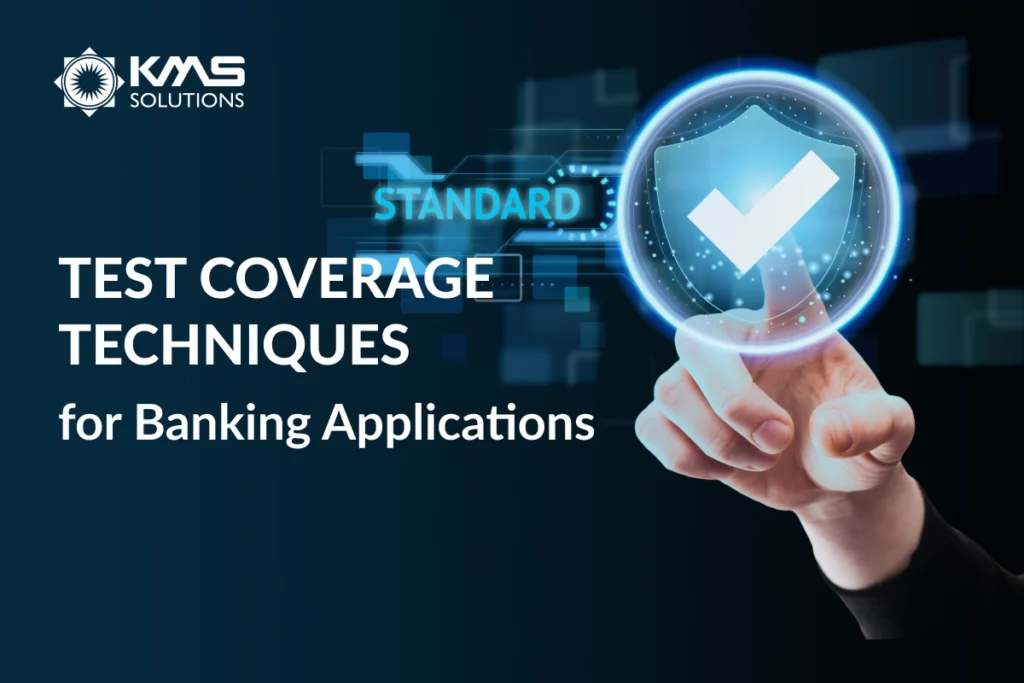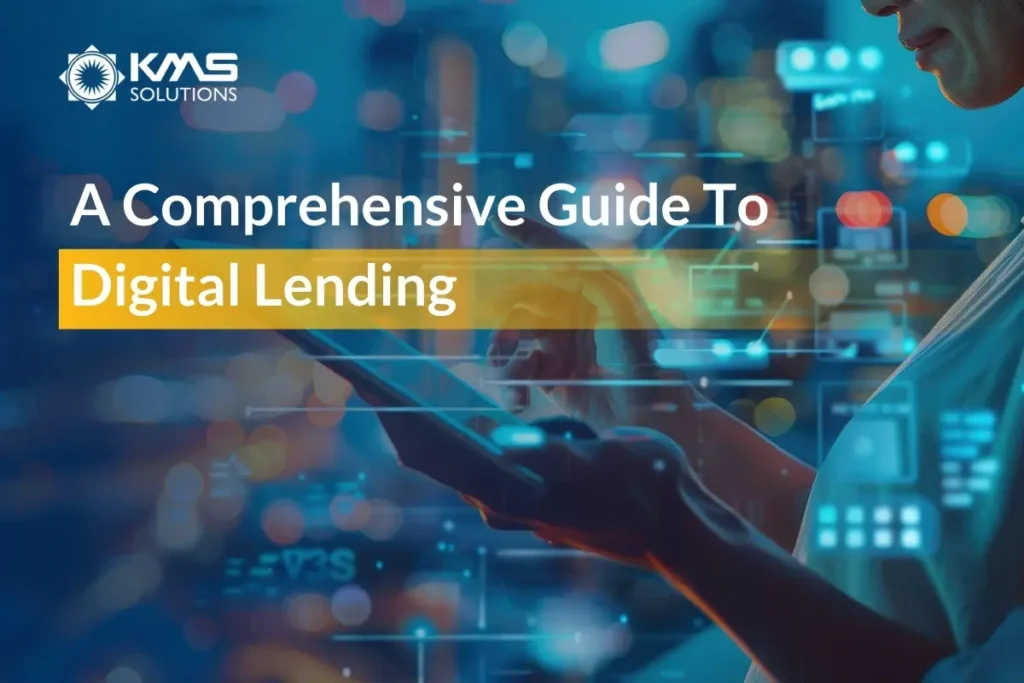Most modern businesses and enterprise organisations will encounter payment gateways and processors at some point, whether while running their operations or purchasing products and services. That said, it’s not uncommon to be somewhat confused about the difference between them and why it matters.
To help clear up the distinction, our team at KMS Solutions have compiled some key points on the difference between a payment gateway and a payment processor, and why each role is crucial to e-commerce transactions. We will also explore how the Luhn algorithm fits into all of this, what integrated payment solution means for your business, and how the choice of gateway merchant services can impact your bottom line.
What is a Payment Gateway & How Does it Work?
A payment gateway in banking is a technology infrastructure that enables the secure transfer of funds between a customer’s bank account and a merchant’s account during a financial transaction. It acts as a mediator between various parties involved, such as customers, merchants, and financial institutions.
Here are three main categories of payment gateways:
- Hosted Gateways (Redirect payment gateway): Redirect users to a payment page hosted by the gateway provider.
- Integrated Gateways (Offsite payment gateway): Allow transactions within the app’s interface without redirecting users.
- API-based Gateways (On-site payment gateway): Enable direct communication between the app and the payment gateway through APIs.
Discover the main types of Payment Gateway, how it work and key example from KMS Solutions.
When you make a purchase online, the payment gateway acts as the intermediary, ensuring the secure transit of your sensitive data from the merchant’s website to the end destination. It comes down to an in-depth, multi-layer process:
- Transaction Initiation: The second you click the ‘Buy Now’ button after filling out your payment details, the process begins. Encoded with the necessary details, a payment request is forwarded via the payment gateway.
- Merchant Server Encryption: The secured data travels via Secure Socket Layer (SSL) encryption to the merchant’s server.
- Gateway Merchant Services: These act as a secure tunnel connecting the merchant’s server to the consumer’s bank.
- Bank Response: The bank applies a complex, mathematical formula known as the ‘Luhn Algorithm’ to verify the authenticity of the provided credit card details. Upon verification, it accepts or denies the transaction.
- Transaction Result: The outcome (approval or denial) is sent back to the gateway, which transmits to the merchant’s server, leading to transaction completion or failure.
A payment gateway helps ensure safe and secure transactions by acting as the messenger that passes important data between websites and banks. It helps maintain customer trust and allows businesses to create integrated payments more smoothly.
Clearly understanding how it works can help you choose and utilise the most appropriate gateway merchant services for your business needs.
Important: You may interested in discovering how to do payment gateway integration in a banking app.
What is a Payment Processor & How Does it Work?
A payment processor is the heart of a commerce operation. This is the financial institution working behind the scenes of your gateway merchant services to securely manage the transaction between the buyer’s and merchant’s bank. The processor accomplishes this by transferring information and funds between the two parties (hence the term ‘payment processing’).
So, how does a payment processor actually work?
Think of it as a mediator. When customers make a payment for a product or service, their bank sends a signal to the payment processor. The processor then forwards this signal to the merchant’s bank for validation. Once the bank approves, the processor sends back a confirmation to the customer’s bank. Thanks to sophisticated technology, all this happens in a matter of a few seconds, and it’s happening millions of times a day all over the world!
The payment processor’s role does not end here, though. It provides valuable security measures to protect sensitive credit card information passing through gateway merchant services. One such measure is this ‘Luhn algorithm’ we keep mentioning, an incredibly effective method for validating credit card numbers.
Payment Gateway vs Payment Processor: What are the Key Differences?
These elements serve as important gears in the machinery of your transaction system. As a business operating in the digital landscape, it’s essential to understand the differences between payment gateways and payment processors. Though their roles, functionalities, and impacts are interwoven, they are distinctly separate.
To summarise, the key differences would be:
- Role in Transaction Chain
A payment gateway securely transmits transaction details to the payment processors, executing the transaction by conveying the information between banks. A payment processor takes responsibility for facilitating transactions by processing and authorizing payments, guaranteeing the secure transfer of funds between the customer’s bank and the business’s bank.
- Security Measures
Payment gateways utilise digital security systems like the Luhn algorithm, whereas payment processors focus on PCI compliance and fraud prevention.
- Utilities Offered
Gateway merchant services focus mostly on the secure transmission of payment data, such as online or e-commerce transactions. On the other hand, payment processors serve a broader capacity and handle both online and offline transactions.
- Integration with Financial Services Systems
By offering simplified integration solutions for businesses, such as APIs, plugins, and prebuilt modules, payment gateways enable businesses to swiftly accept online payments. In contrast, payment processors often need corporations to establish a merchant account to process transactions and may involve more complicated setup procedures.
How Much Do Gateway Merchant Services Cost?
The cost structure of payment gateways often includes several types of fees. These can include an upfront fee for setting up the service, a fixed monthly charge, and a small fee for every transaction processed.
In addition, some gateways may charge a percentage of each transaction amount. For instance, Square, a popular merchant gateway service, typically charges 10 cents per card transaction and takes 2.6% of the total transaction amount. Stripe, another popular gateway, charges 2.9% plus 30 cents for each transaction.
Users might also encounter additional costs for hardware and its installation.
As a result, it is common to feed some of these additional fees into your product or service charges.
Learn More About How Best to Handle Your Integrated Payments with KMS Solutions
Integrated payments bring about a connection between payment processing functions and the other systems and software utilised in your business.
At KMS Solutions, we collaborate closely with our clients to deliver tailored payment gateway integration services. Our team of seasoned developers and testers adheres to an end-to-end development process, encompassing discovery, design, development, testing, and deployment phases.
Within 5 months, one of our strategic clients, a leading Australian broker, successfully configured, tested and deployed 9 PSPs in LATAM, the UK, Bulgari, Nigeria, South Korea, etc. The services provided by KMS Solutions also guarantee seamless integration and offer continuous support and maintenance services to ensure the smooth operation of the payment gateway integration.
Contact us to explore how you can create a smoother, more seamless integrated payment system for your organisation.







